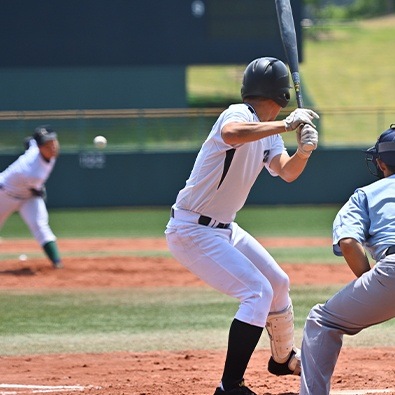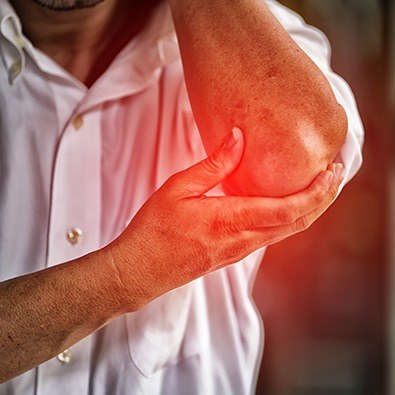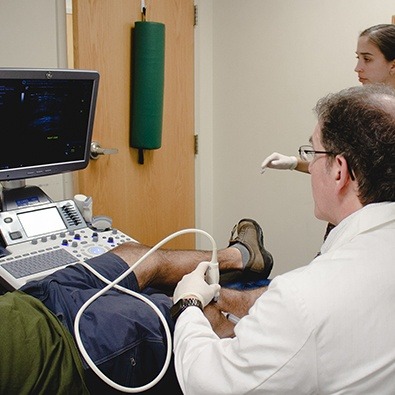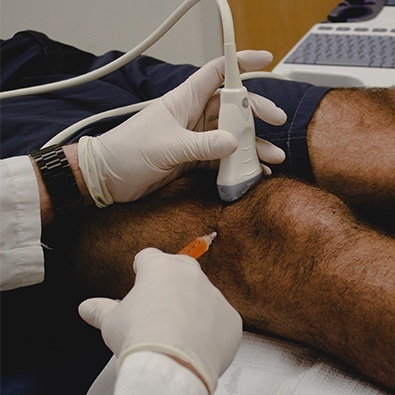
Fax: (860) 430-9693
Glastonbury, CT 06033
Shoulder impingement syndrome is a common cause of shoulder pain. It occurs when the tendons or bursa in the shoulder get pinched, or impinged , between the ball of the shoulder and the overlying tip of the shoulder blade, the acromion. Rather than just addressing the associated pain, the team at Valley Sports Physicians & Orthopedic Medicine can help by directly treating shoulder joint instability and impingement in Glastonbury, CT. This, in turn, will not only stop the pain but prevent further degeneration of the joint and improve your overall range of motion.


Overhead activity of the shoulder, especially repeated activity, is a risk factor for shoulder impingement syndrome. Examples include painting, lifting, swimming, tennis, and other overhead sports. Other risk factors include bone and joint abnormalities.
However, the biggest underlying cause of impingement is undiagnosed instability of the shoulder joint! If the joint is unstable it allows the ball of the shoulder to shift upwards in the socket pinching the tendons and bursa. Instability is due to Rotator Cuff muscle weakness and stretching of the ligaments that support the joint.

With impingement syndrome, pain is persistent and affects everyday activities. Motions such as reaching up behind the back or reaching up overhead to put on a coat or blouse or reaching to grab the seat belt in the car, for example, may cause pain. Pain most often is felt at or around the point of the shoulder and/or the upper part of the side of the shoulder and upper arm. There can also be shoulder weakness, though the weakness is really due to the pain inhibiting the muscle rather than the muscle itself actually being weak.
Over time, impingement syndrome can lead to irritation and inflammation of the rotator cuff tendons (tendinitis) and bursa (bursitis). If not treated appropriately, the rotator cuff tendons can start to thin out and tear, and the walls of the bursa can become thickened. In rare cases, the long head of the bicep’s tendon can rupture.

Shoulder instability is perceived as a sense of looseness in the shoulder joint. Some people also report a feeling of the shoulder “clunking” or slipping out of joint during certain movements. In extreme cases, the ball actually pops right out of the socket (dislocates).

The history and physical exam point to a suspicion of impingement and instability. Dynamic diagnostic ultrasound can be very helpful because we (the physicians) can actually watch the movement of the shoulder in real time and see if any impingement occurs. Ultrasound—but not x-rays—can also identify fluid in the bursa or thickened bursal walls (bursitis) and damage to the rotator cuff tendons. X-rays are not particularly helpful to diagnose impingement or instability, but they can help to rule out any arthritis. Bone spurs or changes in the normal contour of the bone may be present on X-ray. MRI is rarely needed for diagnosis, but it can help to rule out other possible causes of your pain, such as cartilage tears.
